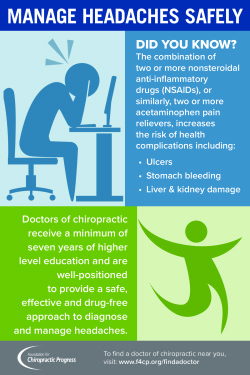Decoding The Science Of Cold Laser Therapy: Exploring Its Devices And Repercussions
Decoding The Science Of Cold Laser Therapy: Exploring Its Devices And Repercussions
Blog Article
Article By-Rosendahl Bartlett
You may have become aware of cold laser treatment as an appealing therapy option for different problems, however have you ever before asked yourself exactly how it in fact services a cellular degree? Recognizing the mechanisms behind this therapy can clarify its performance in promoting recovery and minimizing inflammation. By checking out the scientific research behind cold laser therapy, you'll acquire understandings into the fascinating methods which light can affect cellular processes and help with cells repair work.
Just How Cold Laser Treatment Functions
To recognize just how cold laser therapy works, you require to understand the basic principles of exactly how light power engages with organic cells. Cold laser treatment, additionally known as low-level laser therapy (LLLT), uses certain wavelengths of light to penetrate the skin and target underlying cells. Unlike the intense lasers used in operations, cold lasers discharge reduced levels of light that don't generate warmth or trigger damages to the tissues.
When these mild light waves reach the cells, they're soaked up by parts called chromophores, such as cytochrome c oxidase in mitochondria. This absorption activates a series of organic reactions, consisting of raised mobile power manufacturing and the launch of nitric oxide, which enhances blood flow and decreases inflammation.
In addition, the light energy can likewise stimulate the manufacturing of adenosine triphosphate (ATP), the power money of cells, assisting in mobile repair service and regrowth procedures.
Essentially, cold laser therapy harnesses the power of light energy to advertise recovery and alleviate discomfort in a non-invasive and gentle manner.
Systems of Activity
How does cold laser therapy in fact function to generate its restorative impacts on organic cells?
Cold laser treatment, additionally referred to as low-level laser therapy (LLLT), operates with a process called photobiomodulation. When https://www.news-medical.net/news/20201008/Laser-irradiation-shows-promise-as-a-new-treatment-modality-for-osteoporosis.aspx is applied to the skin, the light energy passes through the cells and is soaked up by chromophores within the cells.
These chromophores, such as cytochrome c oxidase in the mitochondria, are after that promoted by the light power, bring about a cascade of organic responses. skin rejuvenation of activity is the improvement of cellular metabolism.
The absorbed light power raises ATP production in the mitochondria, which is important for mobile function and fixing. Additionally, cold laser therapy aids to lower inflammation by hindering inflammatory conciliators and promoting the launch of anti-inflammatory cytokines.
This anti-inflammatory result adds to pain alleviation and cells recovery.
Healing Effects
Comprehending the restorative impacts of cold laser treatment involves recognizing exactly how the boosted mobile metabolic process and anti-inflammatory buildings contribute to its positive end results on organic tissues.
When the cold laser is related to the affected location, it promotes the mitochondria within the cells, leading to enhanced manufacturing of adenosine triphosphate (ATP), which is essential for cellular function and repair. This boost in mobile energy accelerates the recovery procedure by promoting tissue regeneration and minimizing inflammation.
In addition, the anti-inflammatory residential or commercial properties of cold laser treatment help to reduce pain and swelling in the targeted location. By hindering inflammatory conciliators and promoting the launch of anti-inflammatory cytokines, cold laser therapy help in alleviating pain and improving the total recovery reaction.
This reduction in inflammation not just supplies prompt relief yet additionally sustains lasting cells repair.
Final thought
To conclude, cold laser therapy functions by stimulating mobile repair service and cells regeneration through photobiomodulation. Its anti-inflammatory properties give discomfort relief and decrease swelling by preventing inflammatory conciliators.
This treatment offers an extensive technique to recovery, providing both instant alleviation and long-lasting tissue fixing advantages.
With its mechanisms of action, cold laser therapy confirms to be a reliable and appealing therapy option for a range of conditions.
